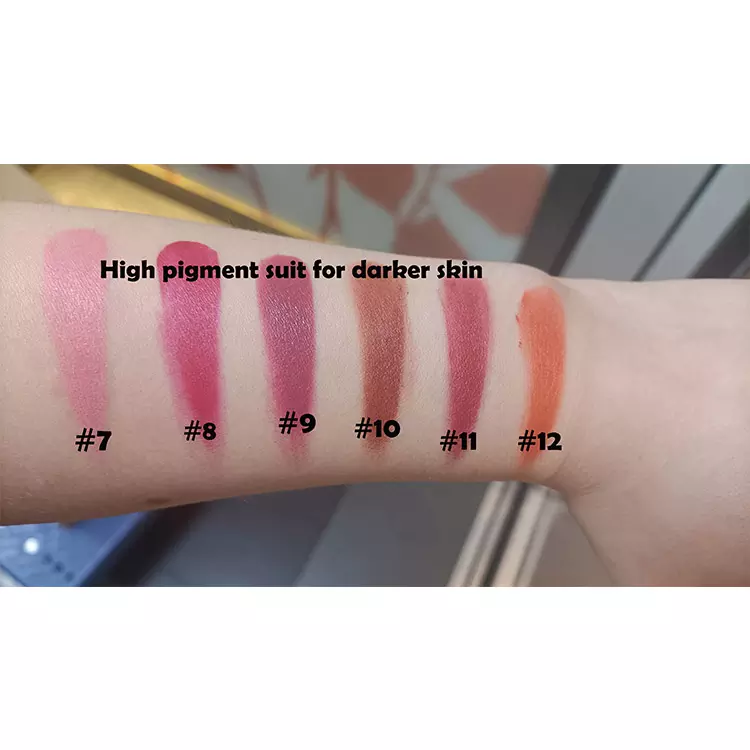In 1971, Engvall and Perlmann published the article of enzyme linked immunosorbent assay (ELISA) for quantitative determination of IgG, making the enzyme-labeled antibody technology for antigen localization developed in 1966 into trace substances in liquid specimens. test methods. The basic principle of this method is: â‘ make the antigen or antibody bind to the surface of a certain solid carrier, and maintain its immunological activity. â‘¡ The antigen or antibody is linked to an enzyme to form an enzyme-labeled antigen or antibody. This enzyme-labeled antigen or antibody retains both its immunological activity and enzyme activity. During the measurement, the test specimen (the antibody or antigen therein) and the enzyme-labeled antigen or antibody are reacted with the antigen or antibody on the surface of the solid phase carrier in different steps. The antigen-antibody complex formed on the solid phase carrier is separated from other substances by washing, and finally the amount of enzyme bound on the solid phase carrier is in a certain proportion to the amount of the tested substance in the specimen. After adding the substrate for the enzyme reaction, the substrate is catalyzed by the enzyme to become a colored product. The amount of the product is directly related to the amount of the test substance in the specimen, so it can be qualitatively or quantitatively analyzed according to the depth of the color reaction. Since the catalytic frequency of the enzyme is very high, the reaction effect can be greatly amplified, so that the measurement method reaches a high sensitivity. Main method types and operation steps ELISA can be used to measure antigens and antibodies. There are three necessary reagents in this measurement method: â‘ solid-phase antigen or antibody, â‘¡ enzyme-labeled antigen or antibody, â‘¢ substrate for enzyme action. According to the source of the reagent and the properties of the specimen and the conditions for the detection, various types of detection methods can be designed. (1) Double antibody sandwich method The double antibody sandwich method is the most commonly used method for antigen detection. The steps are as follows: (a) Connect a specific antibody to a solid phase carrier to form a solid phase antibody: wash to remove unbound antibody and impurities. (b) Add the test specimen: make it contact with the solid-phase antibody and react for a period of time to allow the antigen in the specimen to combine with the antibody on the solid-phase carrier to form a solid-phase antigen complex. Wash to remove other unbound materials. (c) Enzyme-labeled antibody: the antigen on the solid-phase immune complex is combined with the enzyme-labeled antibody. Wash unbound enzyme-labeled antibody thoroughly. At this time, the amount of enzyme carried on the solid phase carrier is positively correlated with the amount of the tested substance in the specimen. (4) Substrate addition: The enzyme in the sandwich compound catalyzes the substrate to become a colored product. Qualitative or quantitative determination of the antigen is carried out according to the degree of color reaction. According to the same principle, the solid antigen and enzyme-labeled antigen conjugate are prepared separately by the macromolecular antigen, and the antibody in the specimen can be determined by the double antigen sandwich method. (2) One-step method In the determination of antigen by the double antibody sandwich method, if monoclonal antibodies against two different antigenic determinants on the antigen molecule are used as solid-phase antibodies and enzyme-labeled antibodies, respectively, the addition of specimens and enzyme-labeled antibodies can be performed Make two steps in parallel (Figure 15-5). This dual site not only simplifies the operation and shortens the reaction time, such as the use of high-affinity monoclonal antibodies, the sensitivity and specificity of the assay are also significantly improved. The application of monoclonal antibodies has brought the ELISA for antigen determination to a new level. In the one-step determination, attention should be paid to the hook effect, which is similar to the post-band phenomenon of excess antigen in the precipitation reaction. When the concentration of the antigen to be tested in the specimen is quite high, the excess antigen will bind to the solid-phase antibody and the enzyme-labeled antibody, respectively, without forming a sandwich complex, and the result will be lower than the actual content. False negative results can even occur when the hook effect is severe. (3) Indirect method to measure antibody The indirect method is the most commonly used method for detecting antibodies. Its principle is to use enzyme-labeled anti-antibodies to detect the test antibody that has been bound to the solid phase, so it is called the indirect method. The operation steps are as follows: (a) Connect specific antigen to solid phase carrier to form solid phase antigen: wash to remove unbound antigen and impurities. (b) Diluted test serum: the specific antibody in it binds to the antigen to form a solid-phase antigen-antibody complex. After washing, only specific antibodies are left on the solid phase carrier. Impurities in other immunoglobulins and serum cannot be combined with solid-phase antigens and are washed away during the washing process. (c) Enzyme-labeled anti-antibody: binds to the antibody in the solid phase complex, so that the antibody is indirectly labeled with the enzyme. After washing, the amount of enzyme on the solid support represents the amount of specific antibody. For example, to test human antibodies to a disease, enzyme-labeled goat anti-human IgG antibodies can be used. (d) Substrate color development: the color depth represents the amount of antibody detected in the specimen. In this method, as long as different solid phase antigens are replaced, an enzyme-labeled anti-antibody can be used to detect various antibodies corresponding to the antigen. (4) Competition Law The competition method can be used to determine antigens as well as antibodies. Taking the measurement of antigen as an example, the test antigen and the enzyme-labeled antigen compete for binding with the solid-phase antibody, so the amount of the enzyme-labeled antigen bound to the solid phase is inversely proportional to the amount of the tested antigen. The operation steps are as follows: (a) The specific antibody is connected to the solid phase carrier to form a solid phase antibody. washing. (b) Add a mixed solution of the test specimen and a certain amount of enzyme-labeled antigen to the test tube to make it react with the solid phase antibody. If there is no antigen in the tested specimen, the enzyme-labeled antigen can smoothly bind to the solid-phase antibody. If the test specimen contains antigen, it will bind to the solid-phase antibody at the same opportunity as the enzyme-labeled antigen, competitively taking up the opportunity for the enzyme-labeled antigen to bind to the solid-phase carrier, so that the enzyme-labeled antigen will bind to the solid-phase carrier The amount is reduced. Only the enzyme-labeled antigen is added to the reference tube. After incubation, the enzyme-labeled antigen and the solid-phase antibody can be combined to the fullest amount. washing. (3) Color development by adding substrate: the reference tube contains the most enzyme-labeled antigen, so the color is the darkest. The difference between the color depth of the reference tube and the color depth of the tube to be tested represents the amount of antigen in the specimen under test. The lighter the tube to be tested, the more the antigen content in the specimen.
Features: It's high quality and high pigment cream blush. It's vegan and cruelty free. We don't do animal test when make products.
Usage: Dip a little blush with your fingers or sponge egg, then apply it on your cheeck. It can be used for daily makeup to make you look refreshed.
Advantages: Our company is a comprehensive cosmetics enterprise integrating research,development production, sales and service, which is a professional manufacturer of cosmetics. We provide custom service. We can customize your colors and logo. Making high quality products is our aim.
Delivery: It would take around 15-20 days to finish the custom products after we confirm the order.
It would take around 7-10 days to finish the products which don't need to be customed.
Payment: We can accept the payment through T/T ($25 extra for each payment).
custoom blush,liquid blush,makeup blush,hot selling blush Suzhou Yimeijia368 Biological Technology Co.,Ltd. , https://www.szymjbeauty.com

